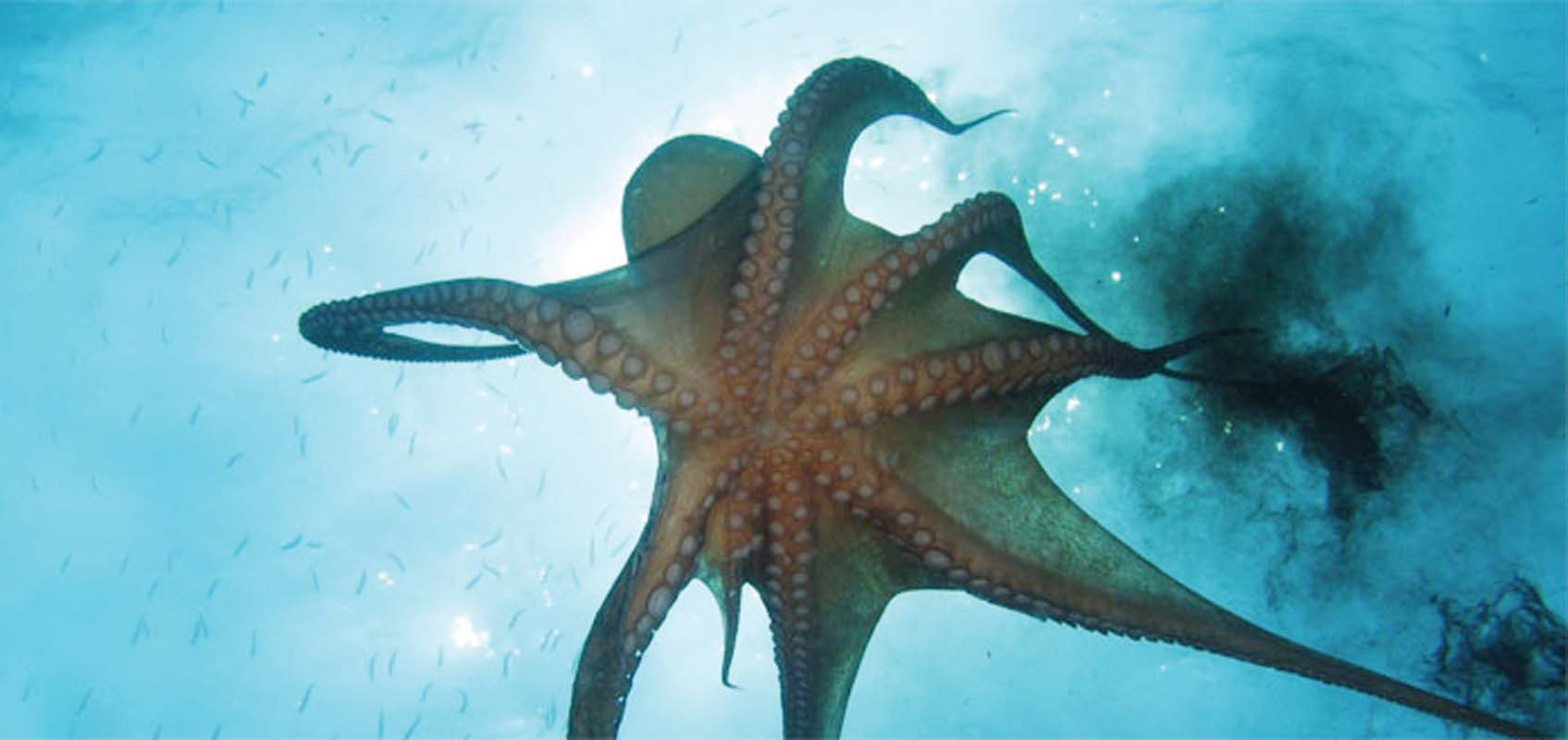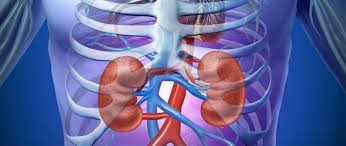
Each arm of an octopus has a mind of its own
Have you ever wondered how an octopus manages to choreograph eight arms all moving around at once? As it reaches out to snag a meal, how does it know when it latches on to something tasty?
The secret lies in hundreds of suckers running down each arm which act sort of like a nose and a tongue and to the millions of neurons in each arm.
It has about 500 million neurons (dogs have around 600 million), the cells that allow it to process and communicate information. And these neurons are distributed to make the most of its eight arms. An octopus’ central brain located between its eyes doesn’t control its every move. Instead, two thirds of the animal’s neurons are in its arms. The arm is a brain of its own.
This enables octopus’s arms to operate somewhat independently from the animal’s central brain. The central brain tells the arms in what direction and how fast to move, but the instructions on how to reach are embedded in each arm. Octopus arms can also work autonomously when they’re searching, like when they’re looking for food under a rock.
It uses of these eight arms and hundreds of suckers to think, act, smell and taste is only one incredible adaptation of the octopus. Recent research confirms that it even uses its skin to "see" because the skin has the same light-sensitive proteins found in eyes, allows the skin to detect brightness.
The octopus is a capable and incredibly intelligent animal.
 English
English Arabic
Arabic


